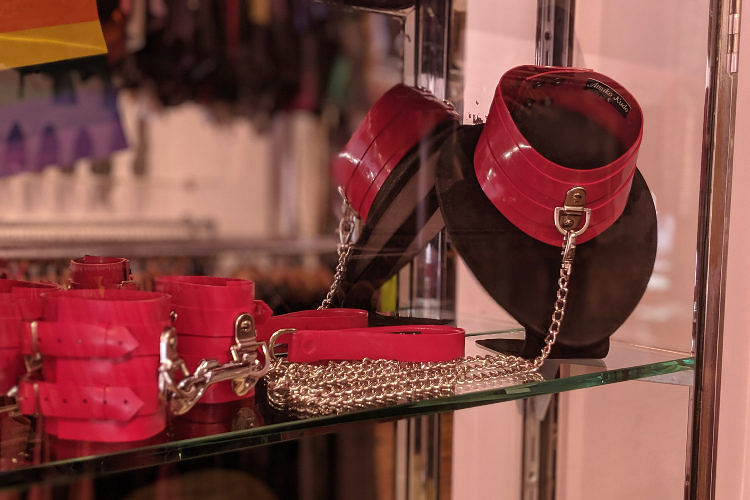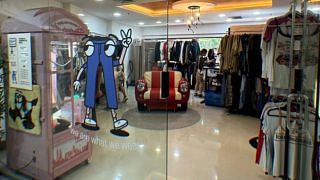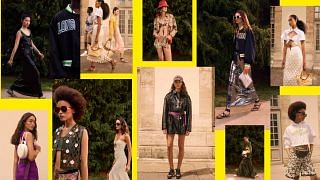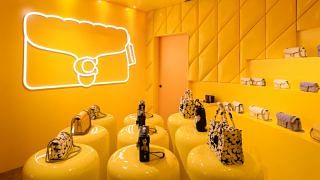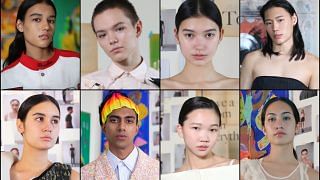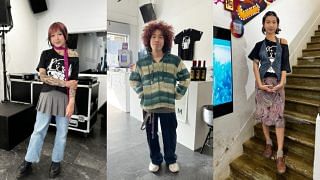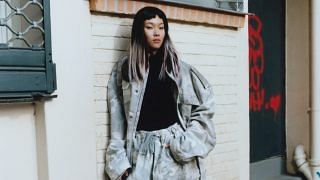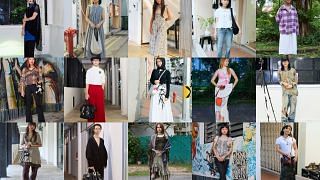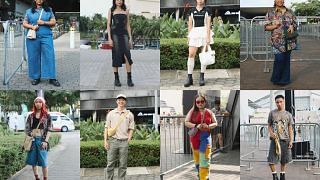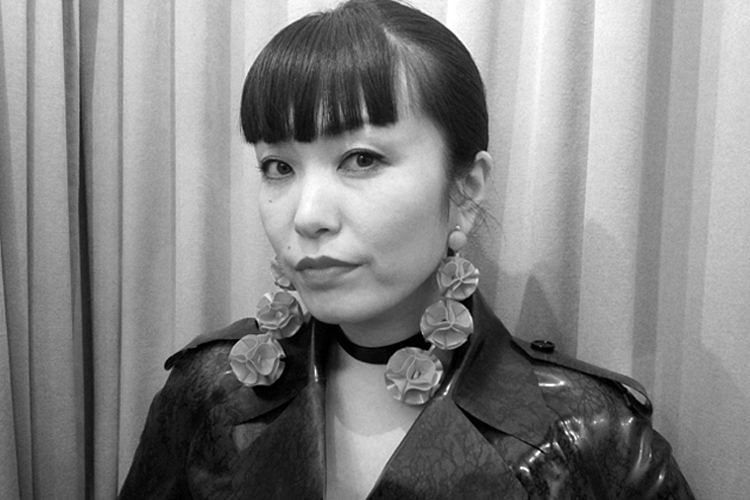
How has the perception of latex clothing changed with time?
“Perceptions are now much more centred on the fact that it is a great fabric to use for many fashion applications. Quite early in the history of the Atsuko Kudo brand, one fashion writer here in London suggested that we had taken latex out of the dungeon and on to the catwalk, and we’re very happy with that description because I’ve always wanted more people to understand and appreciate latex.”
Has latex lost some of its subversiveness today?
“Latex is now more known in the mainstream than it was maybe 10 or 15 years ago, but it will always remain a unique fabric as it is so skin-like and ideal for creating bodycon designs. This makes it a fabric that will always carry an allure like no other, as it is impossible to wear it without making a big impact or statement.”
Educate us on the place of latex in punk culture
“Latex has a massive and central part in punk culture as Vivienne Westwood and Malcolm McLaren used the fabric to create outfits in the early days of their (seminal punk) boutique on London’s King’s Road even before the movement really started in the ’70s. And of course, many punks wore latex as part of their look. If you look at pictures from that time, there are pieces that I think Vivienne herself had made by hand and which are very similar to some styles that you’ll see today in the world of latex fashion. She and Malcolm were influenced by bondage, and other ideas inspired by actual sex shops and catalogues, as well as the (late fetish designer and photographer) John Sutcliffe who had a brand called Atomage that made catsuits out of materials like leather and rubber.”
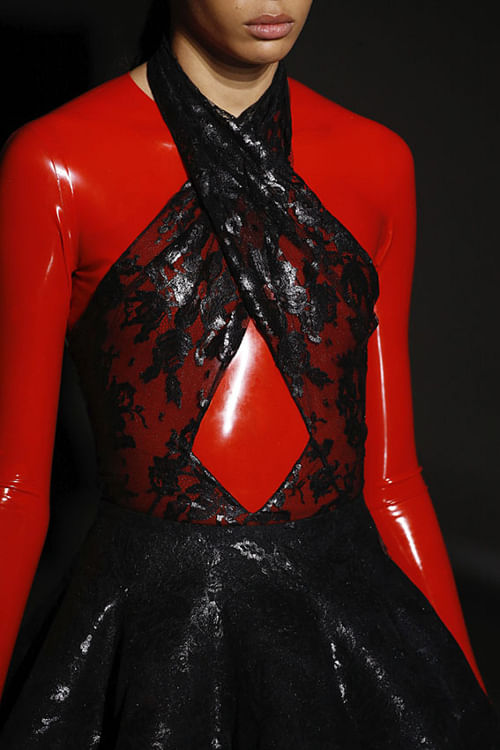
As a designer, how is working with latex different from working with more conventional materials?
“Latex has a look like no other fabric as it is shiny and behaves like a second skin. I have hardly ever used standard materials so I cannot really tell you how it compares to them. It’s certainly a very different fabric to all others and has to be treated in a different way, but with a little effort and thought, you get a great physical and emotional reward.”
How long do you take to create your garments, which range from trendy bustier tops and bike shorts to ’40s style dresses and even bespoke corsets made entirely of latex?
“It very much depends on the piece. When we dressed Lady Gaga (in an Elizabethan-esque gown) to meet Queen Elizabeth in 2016, it took our whole team many days to work on that one dress. Something simpler may only take a day or two. Whatever the style, the preparation is important – we need to size you correctly, so please give us accurate measurements.”
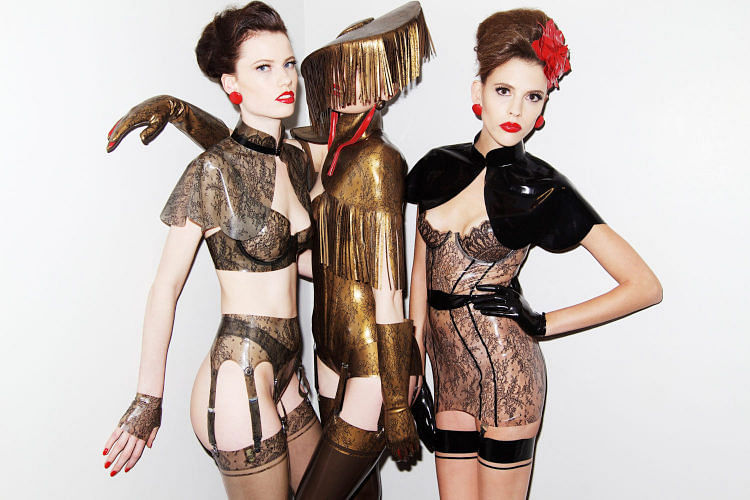
How would you describe the typical Atsuko Kudo customer?
“Someone who wants to look and feel beautiful and is feminine yet strong. This inspires me every day, to create items that will help women achieve this very important attitude.”
How did the Givenchy collaboration – for which you designed bodysuits and leggings that were layered under gowns and blazers – come about?
“Givenchy contacted AK to look at producing some latex pieces for the collection and it just flowed from there. We were very happy as we find (Givenchy artistic director Clare Waight Keller)’s designs very elegant, and she brought that same elegance to her use of latex. It’s how we see latex design here at AK too.”
What have famous fans like Kim Kardashian done for the brand and latex overall?
“Like every woman who wears Atsuko Kudo, Kim K brought her own unique beauty to the brand. She is also well known for her amazingly curvy figure and it’s easy to forget now that only five years ago, it was rare to see curves being celebrated. Women’s fashion has catered increasingly to the slim since the early ’60s and the last women who were famous for having curves like Kim K were perhaps Marilyn Monroe or Brigitte Bardot – icons from more than 50 years ago. When Kim K wore Atsuko Kudo, it opened the door for women of a different body shape to feel confident about wearing our brand. It also made latex more accessible, because she always tends to choose our more subdued looks and colours; our version of daywear, so to speak.”
This article first appeared in the October 2019 issue of FEMALE.



